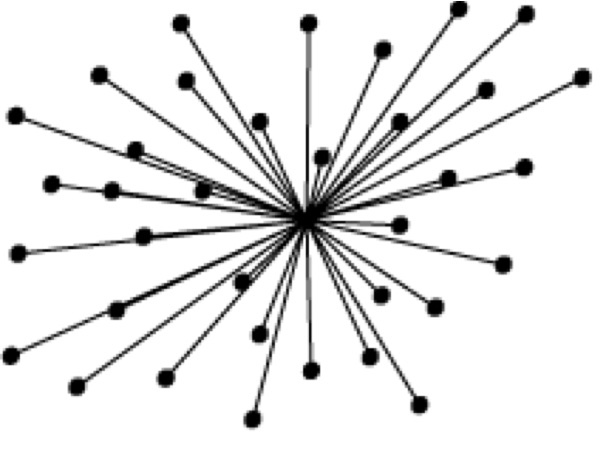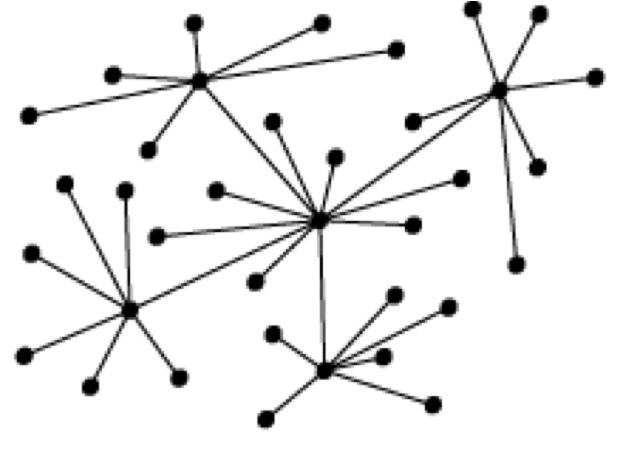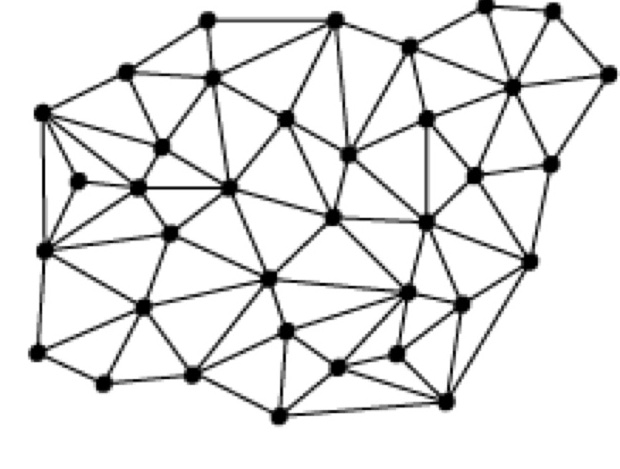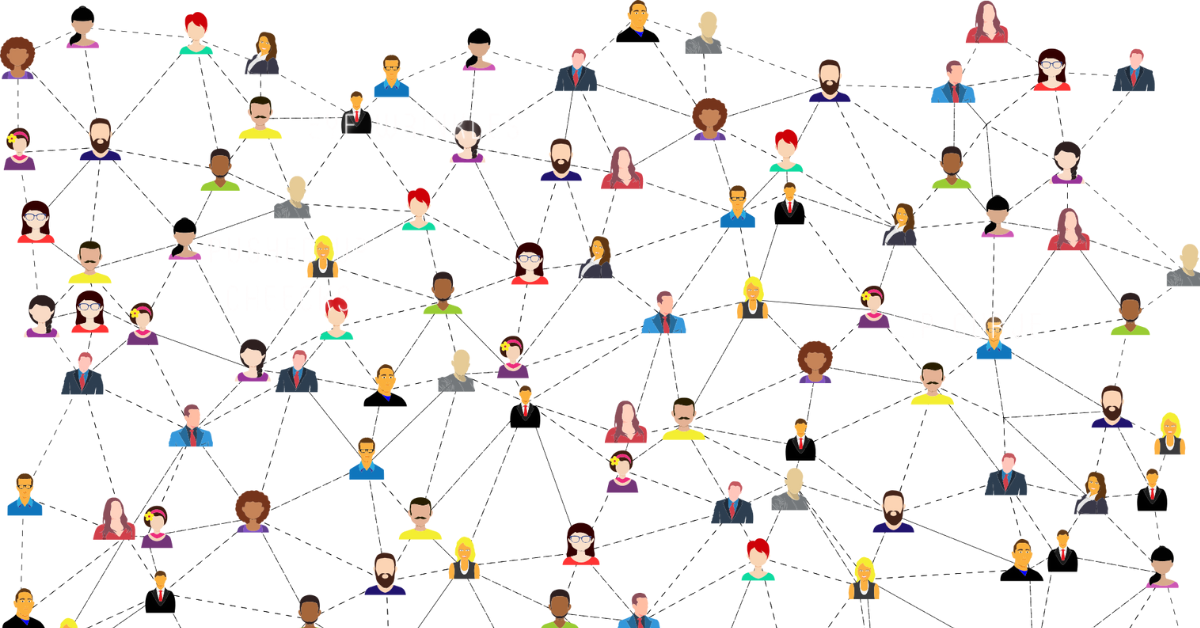Trust & Integrity
Person-Organization Fit

Fiducia e Integrità
Trust and Integrità within the organization are real production factors, from the measurement and management of which important impacts on value creation processes can be obtained.
E si sa che spesso si finisce con il misurare ciò che è easily measurable e non ciò che è relevant.
Grazie alle sue tecnologie, Umana-Analytics vede quello che altri non vedono e consente di misurare e incrementare i livelli di fiducia e integrità aziendale.
Unveiling trust
I classici questionari osservano le manifestazioni ed i comportamenti espliciti che derivano da una presenza o da un’assenza di fiducia e integrità: un impegno non rispettato, il timore, l’incapacità di delegare.
Non consentono, però, di scoprire in che modo questi comportamenti nascono, si evolvono e si diffondono all’interno del team.
Grazie ai nostri task per la valutazione implicita, possiamo andare alla “fonte” della fiducia e fornire misurazioni oggettive.

What we measure:
- The ability of individuals to generate trust and a sense of inclusion
- The strength of your company's trust network
- Employee perspective on your company's stated values
- Il livello di integrità aziendale percepito dai dipendenti
- The dregree of person-organization fit
How we measure it:
- With implicit tasks
- With kinematics-based technologies (mouse or finger on trackpad)
- With an algorithm that allows us to control the uncertainty of participants and the reliability of their responses
- With mathematical models based on graph theory, for the generation of the trust network
The Power of Graphs
Grazie alla Social Network Analysis siamo in grado di valutare il grado di robustezza della rete, ossia la sua capacità di resistere a shock esterni. Ad esempio: quale sarebbe l’effetto sulla rete e sul flusso di informazioni in caso di cessione del rapporto di lavoro di uno specifico dipendente?
Centralised Networks

Se la tua azienda è rappresentata da una rete centralizzata, è evidente che la fiducia e l’informazione sono accentrate su un solo individuo. How dangerous could it be to rely on such a structure?
Decentralised Networks

Se la tua azienda è rappresentata da una rete decentralizzata, ci sono tanti team che rappresentano delle micro-reti centralizzate. Qual è la persona in grado di far comunicare i team tra di loro? What would happen if these people left the teams?
Distributed Networks

Se la fiducia, l’inclusione e le informazioni nella tua azienda sono rappresentate da una rete distribuita, probabilmente sarà in grado di re-distribuirsi con facilità in caso di necessità.
Learn more on our HR Blog
Tantissimi contenuti dal mondo della ricerca scientifica, curati e revisionati dal nostro team, dove ti spieghiamo le potenzialità del neuromanagement e delle tecniche di ricerca delle scienze comportamentali e delle neuroscienze, applicate al mondo delle HR.
It's time to create your Map of Trust.

